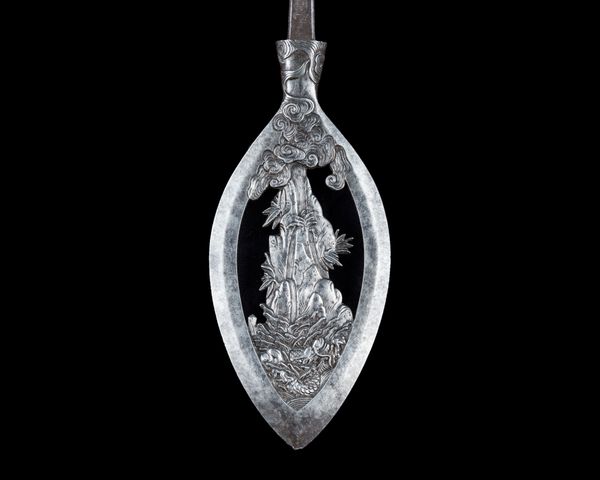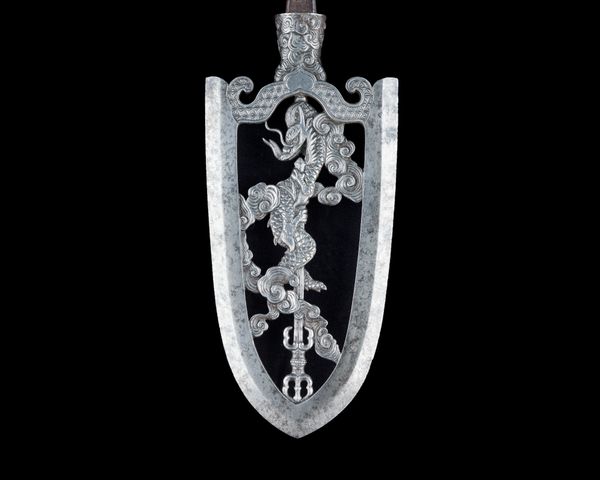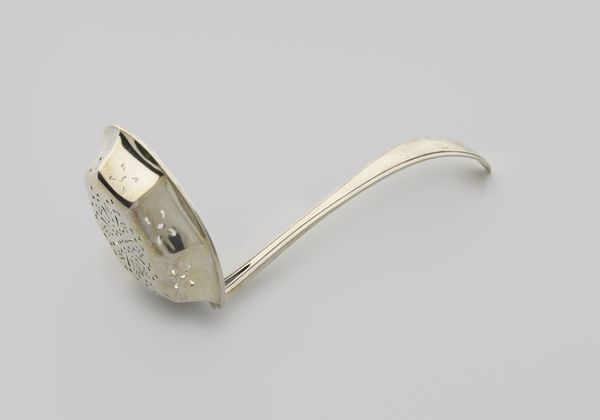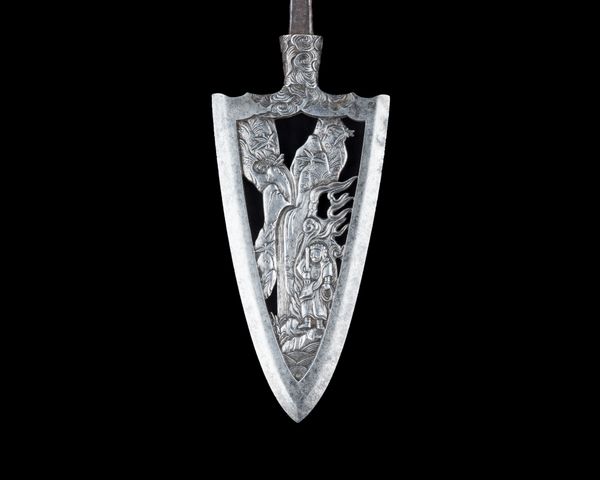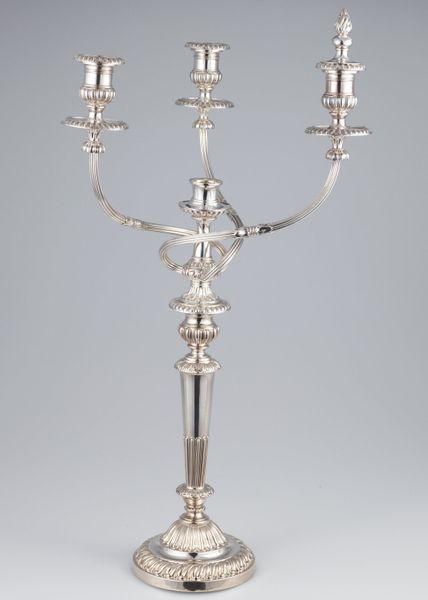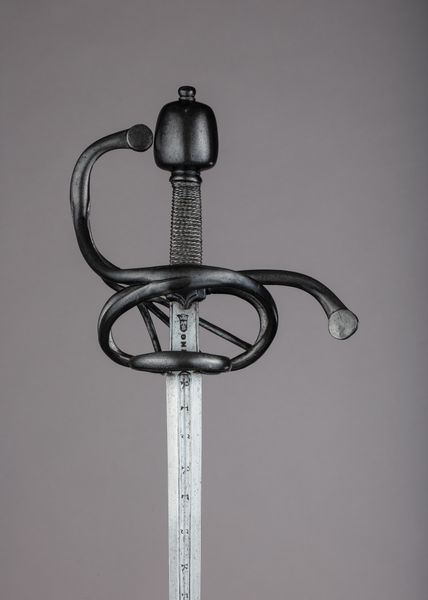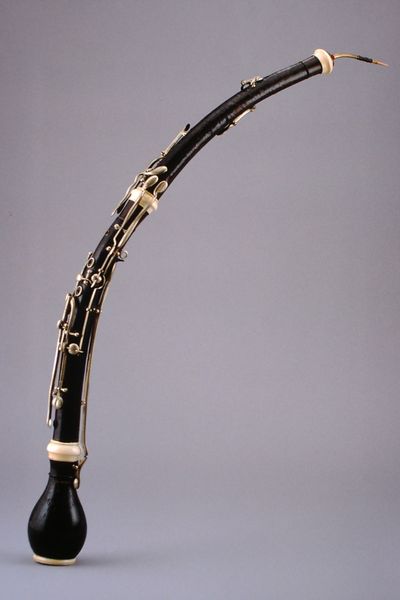
metal, relief, sculpture, engraving
#
metal
#
sculpture
#
asian-art
#
relief
#
bird
#
japan
#
form
#
geometric
#
sculpture
#
arch
#
men
#
line
#
engraving
Dimensions: L. 11 1/4 in. (28.6 cm); L. of head 4 3/4 in. (12.1 cm); W. 5 in. (12.7 cm); Wt. 6.4 oz. (181.4 g)
Copyright: Public Domain
Curator: Let's turn our attention to this "Ceremonial Arrowhead (Yanone)," crafted by Umetada Motoshige in 1645. It's currently held here at the Metropolitan Museum of Art. Editor: Striking. Even in stillness, the upward curve almost suggests flight. There's a definite tension between the sharp metallic edge and the delicacy of the engraved detail. Curator: Precisely. While identified as an arrowhead, its true function goes beyond mere hunting or warfare. The Yanone was a symbolic offering to deities, meant to bring about success in battle, yes, but also honor to the warrior and his clan. It intersects masculine identities with ritualistic spiritual beliefs. Editor: You can see this interplay of seemingly disparate elements in the imagery. We have a crane and bamboo. These natural motifs suggest an arch or even a lunar impression as well as strength, longevity, and purity. Then juxtapose with stylized waves—everything bounded within a sharp, metallic frame. Curator: The choice of metal—likely iron—is significant. It’s the medium through which societal roles and expectations are physically manifested. The meticulous engraving becomes an act of cultural inscription. Men used the objects as a mode for the spiritual self as the line between man and weapon fades. Editor: In purely formal terms, the line work creates a mesmerizing visual rhythm. The positive and negative spaces form dynamic patterns and plays on perspective; an exquisite example of metalwork. It has that remarkable refinement that defies its functionality. Curator: This craftsmanship reflects the socio-political context of feudal Japan, where samurai values, and the warrior’s identity, were upheld not just in martial prowess, but in aesthetic understanding. In short, this arrow could be used, and therefore feared, by powerful men in society. Editor: Absolutely. And it's how those values manifest themselves materially—the arrowhead embodies the controlled aggression and profound aesthetic sensibilities that characterize samurai culture, but speaks of cultural and hegemonic masculinities. Curator: Looking at this work encourages a reassessment of masculine archetypes in historical context; where ideals intersect through materiality. Editor: Yes. Its deceptive simplicity belies a complex convergence of formal elegance and powerful cultural coding. The more I see, the more there is to see.
Comments
No comments
Be the first to comment and join the conversation on the ultimate creative platform.
